Conn. River inundates low-lying farm fields, ruins crops
| Published: 07-13-2023 11:40 AM |
HADLEY — As forecasters extended flood warnings for the Connecticut River Valley until Thursday evening, lawmakers and state officials heard from farmers who have lost crops to the deluge.
“This looks bad,” Allan Zuchowski said, surveying a muddy lake where corn and cabbage had been growing off Aqua Vitae Road in Hadley, “but worse is to come. You’ve got plant disease everywhere.”
He was referring to phytopthora capsici, a water mold that decimates crops, gets into the soil and can render land unfit for agriculture for years.
His previous experience with the mold in 2018 involved him spending heavily on fungicidal fertilizers only to end up losing his crop anyway, he said.
“It’s gonna haunt us for years,” Zuchowski said.
Joe Czajkowski, who said he has 60 acres of carrots, zucchini and parsnips underwater in North Hadley, agreed that the real cost of the flood hasn’t been seen yet.
Sen. Jo Comerford, Reps. Lindsay Sabadose and Dan Carey, and Department of Agricultural Resources Commissioner Ashley Randle were among the officials on hand to hear the farmers’ concerns and offer the prospect of government assistance.
The Connecticut River crested at 115.5 feet early Wednesday at Northampton, where flood stage is 112 feet, according to the National Weather Service. It’s expected to fall below flood stage early Thursday afternoon.
Article continues after...
Yesterday's Most Read Articles
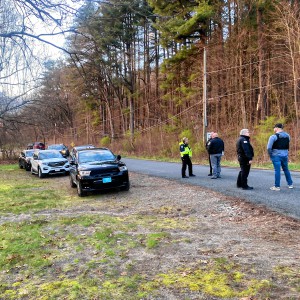 Police report details grisly crime scene in Greenfield
Police report details grisly crime scene in Greenfield
 Super defers Amherst middle school principal pick to successor; one finalist says decision is retaliation for lawsuit
Super defers Amherst middle school principal pick to successor; one finalist says decision is retaliation for lawsuit
 Homeless camp in Northampton ordered to disperse
Homeless camp in Northampton ordered to disperse
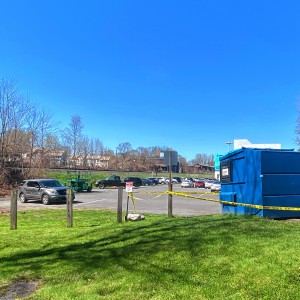 Authorities ID victim in Greenfield slaying
Authorities ID victim in Greenfield slaying
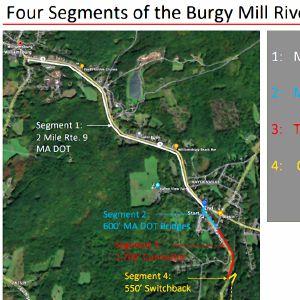 Haydenville residents resist Greenway trail plan, float alternative design
Haydenville residents resist Greenway trail plan, float alternative design
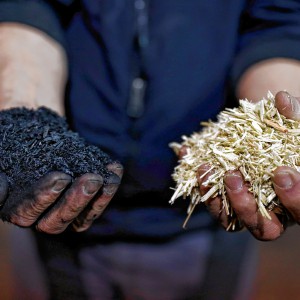 Locking up carbon for good: Easthampton inventor’s CO2 removal system turns biomass into biochar
Locking up carbon for good: Easthampton inventor’s CO2 removal system turns biomass into biochar
Earlier, officials visited flooded fields in Hatfield, where the Smiarowski and Szawlowski farms have as much as 600 acres of potatoes underwater between them, and others are facing squash and tobacco crop losses.
“It’s substantial economic devastation,” Bernie Smiarowski said.
He thanked Comerford for responding quickly to his call for help. He and Shelley Szawlowski noted that their crops would have been ready to harvest in about three weeks.
Randle noted that it’s not just the value of the crop that’s lost, but the cost of all the labor it took to plant and grow it, too.
She said her department’s produce safety team will be visiting farms for the rest of the week, and farmers will work with the University of Massachusetts Extension to assess their losses. A full report will go to the office of Gov. Maura Healey, who was touring storm-damaged towns, including Williamsburg, on Wednesday (related story, Page A1).
The state becomes eligible for federal disaster relief when it surpasses $12 million in damages, Comerford said.
The MDAR works with the U.S. Department of Agriculture’s Farm Service Agency, and legislators may be able to secure direct relief payments, Randle said.
That will be appreciated by farmers, who aren’t keen on taking on more debt and have a dim view of the federal Noninsured Crop Disaster Assistance Program.
“Speaking for myself,” Zuchowski told officials, “I’m not interested in a low-interest loan.”

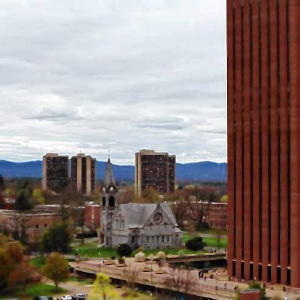 Federal probe targets UMass response to anti-Arab incidents
Federal probe targets UMass response to anti-Arab incidents William Strickland, a longtime civil rights activist, scholar and friend of Malcolm X, has died
William Strickland, a longtime civil rights activist, scholar and friend of Malcolm X, has died
